Exploring the fascinating world of wild animals, some species have shown potential for domestication, while others are best left in their natural habitats. This list goes into the characteristics and challenges of domesticating wild animals, offering insights into which species can adapt to human environments and which should remain untamed.
By understanding their behaviors, needs, and the ethical considerations involved, we can appreciate the complex relationship between humans and these magnificent creatures. From the playful ferret to the untamable lion, each animal presents unique attributes and requirements that determine their suitability for domestication.
1. Ferrets – Can Be Domesticated
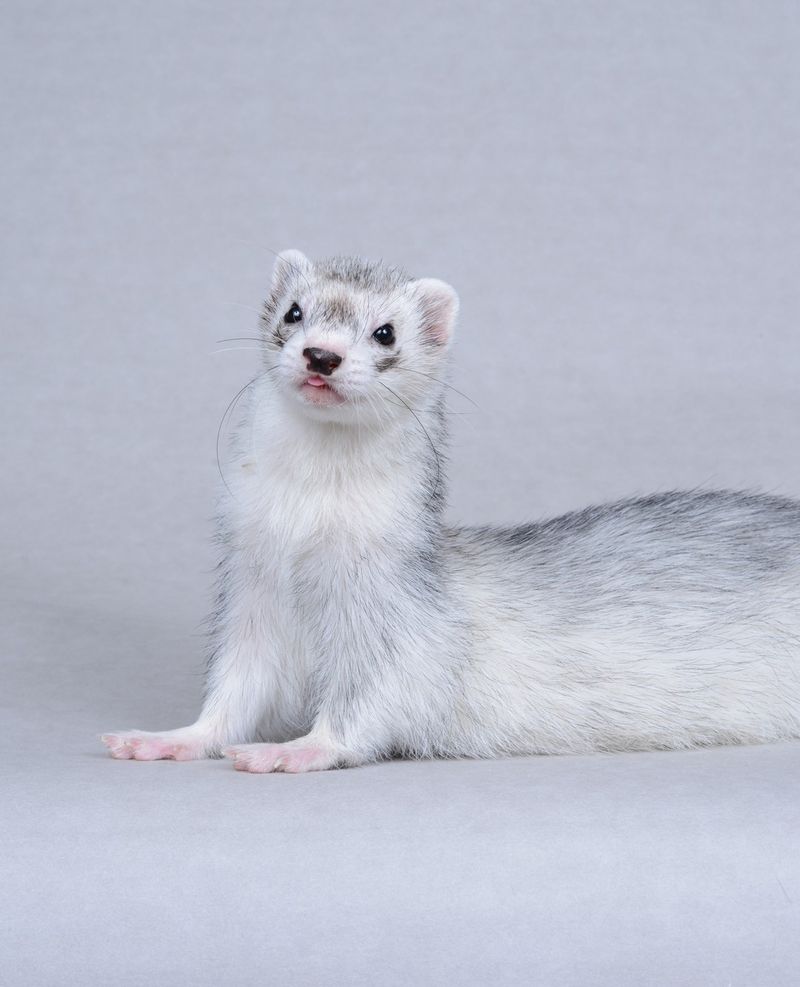
Ferrets have long been cherished as domesticated pets, known for their playful and curious nature. These small mammals are descendants of the European polecat and have been bred for companionship. Their inquisitive behavior and lively antics make them delightful companions in a home setting. Ferrets require a stimulating environment with plenty of opportunities to explore.
Providing them with tunnels, toys, and regular interaction keeps them entertained and happy. They are social animals, thriving in the company of humans or other ferrets. Proper care includes a balanced diet and regular veterinary check-ups to ensure their health. While they can adapt well to domestic life, it’s essential to be aware of their specific needs and natural behaviors.
Potential owners should consider the commitment required to care for these energetic creatures. Understanding their nocturnal habits and providing a safe space for play are key to a harmonious household. Ferrets can indeed become endearing members of the family, offering endless joy.
2. Lions – Shouldn’t Be Domesticated
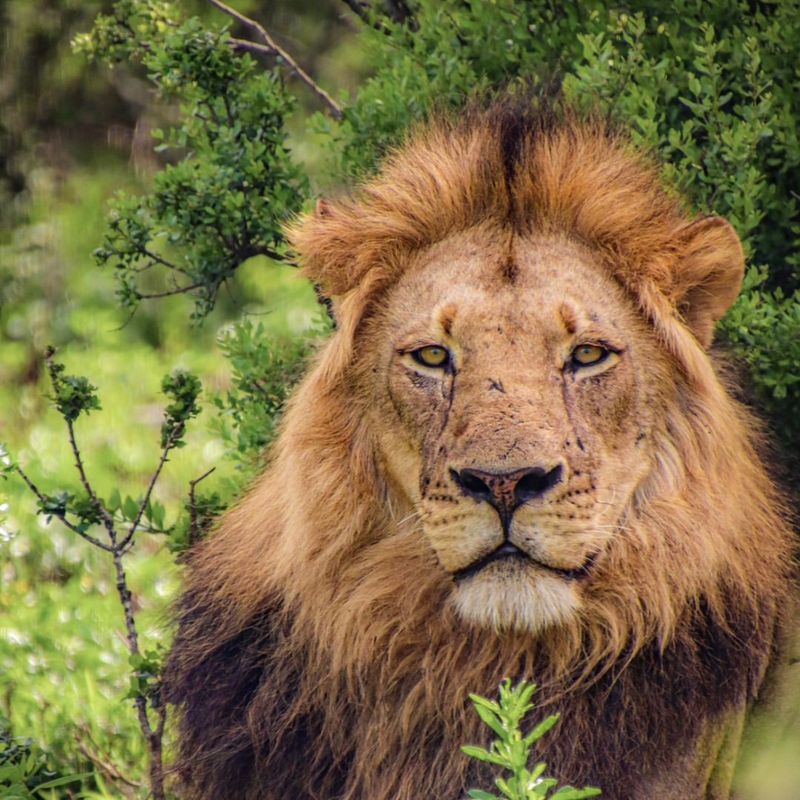
The iconic symbols of strength and majesty, yet they inherently belong to the wild. These powerful predators thrive in savannahs and grasslands, where their social structure and hunting skills are perfectly suited. Despite their allure, lions should never be domesticated due to their instinctual behaviors.
Attempts to keep lions as pets can lead to dire consequences, both for the animal and its owner. Their need for vast territories and complex social interactions cannot be replicated in captivity. Furthermore, lions possess natural predatory instincts that are impossible to fully suppress.
Confining a lion compromises its physical and mental well-being, often leading to stress and aggression. Ethical concerns also arise, as their captivity does not align with conservation efforts. Respecting these magnificent creatures by allowing them to thrive in their natural environments ensures their preservation for future generations. Lions are best admired from a distance, in the wild where they belong.
3. Pigeons – Can Be Domesticated
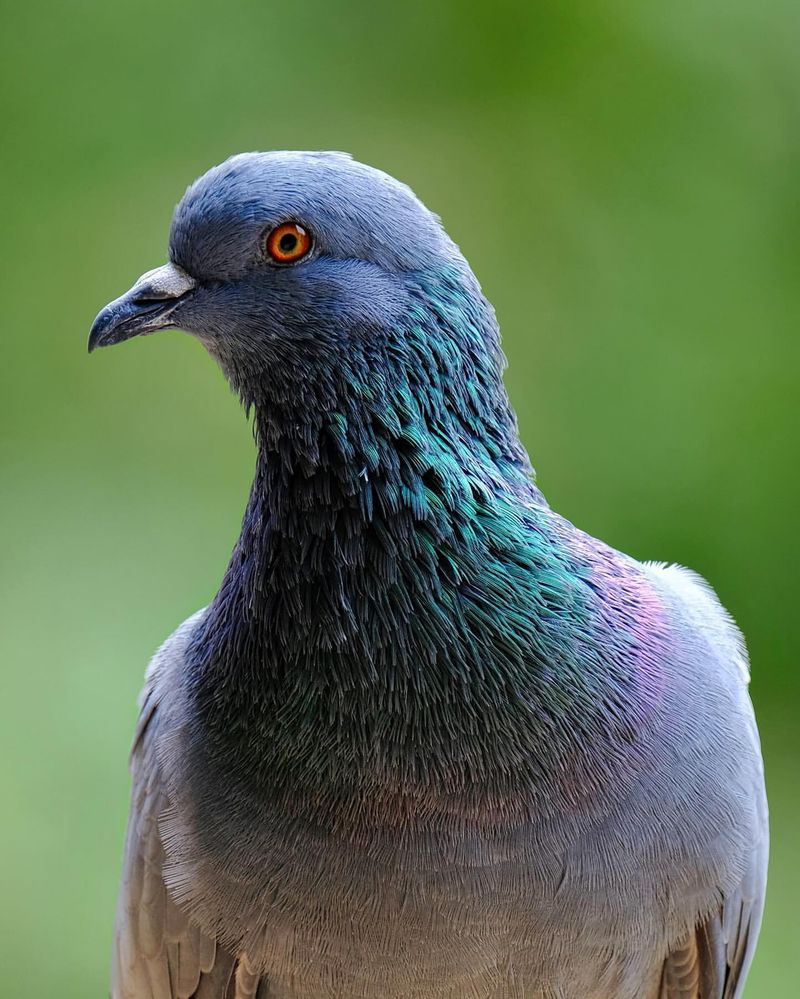
We often see pigeons fluttering through cityscapes now, but historically, they have been domesticated for a very long time. These birds, known for their homing abilities, have been used by humans for communication and companionship. Their adaptability to urban environments makes them a common sight in cities worldwide.
Domesticated pigeons, or homing pigeons, can be trained to return to their home lofts from long distances, a skill that has been utilized in various historical contexts. They are relatively easy to care for, needing a clean aviary and a diet of grains and seeds.
Pigeons thrive in a flock setting, where their social nature can be observed. While they are well-suited for domestication, it’s important to provide them with mental and physical stimulation. Ensuring their safety from predators and understanding their flight patterns are essential for their well-being. Pigeons offer a unique connection to wildlife, bridging urban and natural worlds in a harmonious coexistence.
4. Elephants – Shouldn’t Be Domesticated
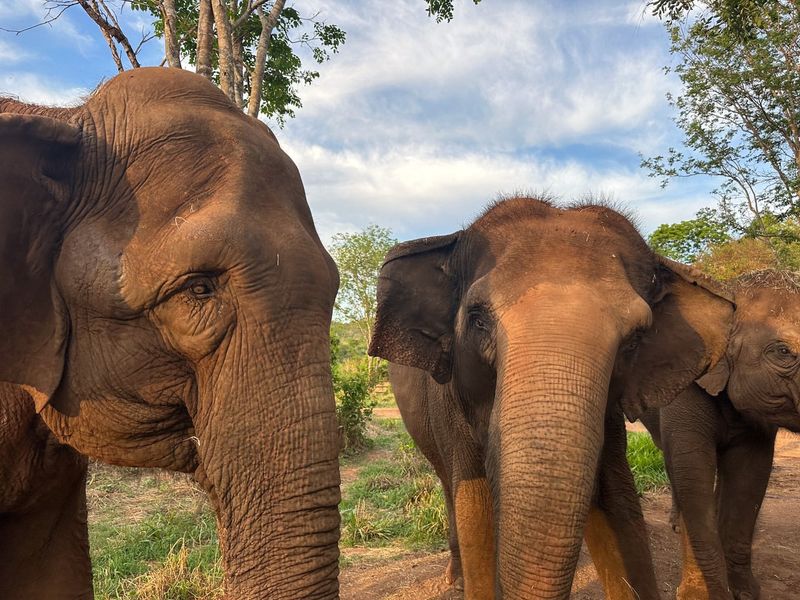
The grandeur of elephants is best appreciated in the wild, where their complex social structures and behaviors are displayed. Attempts to domesticate these gentle giants often overlook their intrinsic need for freedom. Elephants in captivity suffer from limited space and altered social dynamics.
In the wild, elephants form close-knit family groups, relying on each other for emotional support and survival. Their intelligence and empathy are remarkable, traits that are stifled in confined environments. Captive elephants often exhibit stress-related behaviors due to the inability to roam and forage.
The ethical implications of keeping elephants in captivity are significant, as it disrupts their natural lifestyle and can lead to physical ailments. Conservation efforts prioritize protecting their habitats rather than domesticating these majestic creatures. Observing elephants from a respectful distance in their natural settings offers a true glimpse into their extraordinary lives. They are a testament to the beauty and complexity of the animal kingdom.
5. Foxes – Can Be Domesticated
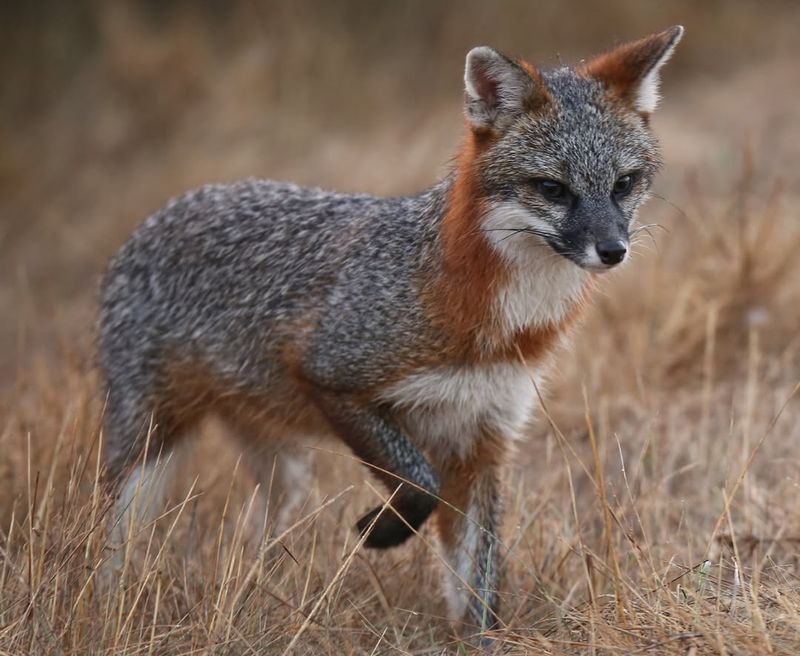
These canines have intrigued humans for centuries. Some species, like the domesticated silver fox, have been bred for companionship. These foxes exhibit dog-like behaviors, making them unique pets for those prepared for their needs.
Domesticated foxes require a secure outdoor enclosure and mental stimulation to prevent boredom. They are energetic creatures, enjoying interactive play and exploration. Their diet must be carefully balanced to maintain health, often consisting of high-quality dog food and supplements.
Caring for a fox is a significant commitment, as their wild instincts and behaviors persist. They may dig and mark territory, behaviors not typically seen in household pets. Those considering a domesticated fox must research thoroughly and prepare for the challenges. By understanding and respecting their unique characteristics, foxes can become fascinating companions, bridging the gap between wild instincts and domestic life. Their presence is both captivating and educational.
6. Raccoons – Shouldn’t Be Domesticated
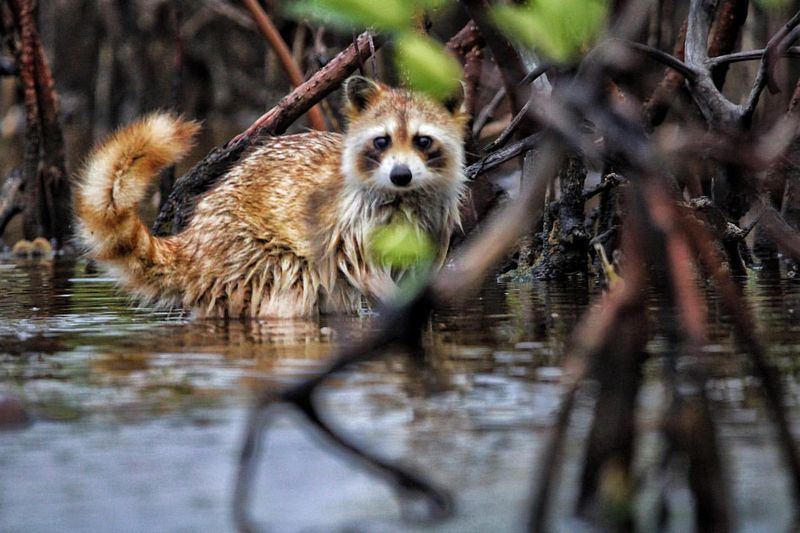
Raccoons are known for their cleverness and adaptability, often seen exploring urban and suburban areas. These nocturnal creatures are highly intelligent and possess dexterous paws, making them adept at problem-solving. While raccoons have been kept as pets, their wild nature poses challenges.
Raccoons require a stimulating environment to thrive, needing ample space and enrichment to satisfy their curiosity. They are prone to foraging, a behavior that can lead to mischief in a domestic setting. Potential owners should be prepared for their nocturnal habits and need for constant supervision.
Despite their endearing looks, raccoons can be unpredictable and may carry diseases that pose risks to humans and other pets. Domestication is controversial, as it often fails to meet their complex needs. Encouraging raccoons to remain in the wild respects their natural behaviors and ensures their well-being. These masked bandits are best appreciated for their role in the ecosystem, maintaining their freedom.
7. Fennec Fox – Can Be Domesticated, But
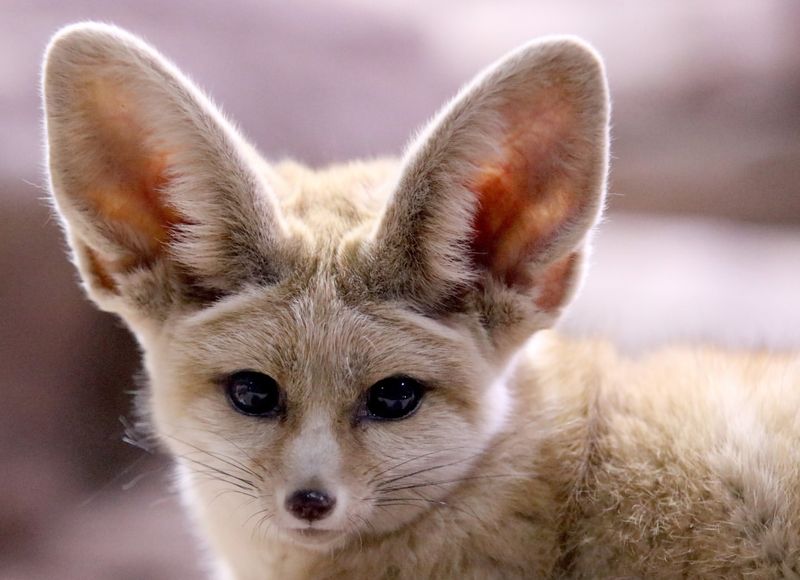
These animals come from the deserts of North Africa. Known for their playful and social nature, they can adapt to life with humans given the right environment and care.
Fennec foxes require a diet of high-quality proteins and plenty of space to dig and play. Their social disposition also means they thrive on companionship, both human and animal, which should be a consideration for any potential owner.
While fennec foxes can be delightful companions, they are not suited to traditional pet life. Their wild instincts remain strong, and they require an environment that mimics their natural habitat to prevent behavioral issues.
8. Tigers – Shouldn’t Be Domesticated
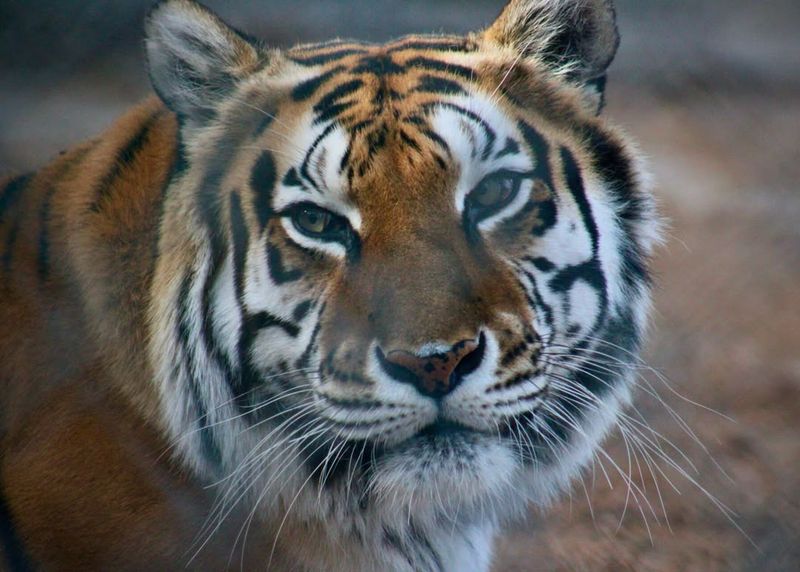
As magnificent as they are, tigers embody the essence of the wild and untamed. Despite their beauty, these apex predators should never be domesticated. They are solitary animals, requiring vast territories to hunt and roam in their natural habitats.
Attempts to keep tigers in captivity often lead to behavioral issues and stress, as their needs cannot be met in confined environments. Their predatory instincts remain strong, posing significant risks to humans and other animals. Tigers demand a diet and lifestyle that are impossible to replicate in a domestic setting.
Ethical considerations also discourage the domestication of tigers, as it does not contribute to conservation efforts. Protecting their natural habitats and supporting wildlife reserves ensure their survival and well-being. Observing tigers in the wild or in accredited sanctuaries respects their nature and provides a glimpse into their fascinating lives. Tigers are best left to the wild, where they symbolize the power and mystery of nature.
9. Sugar Glider – Can Be Domesticated
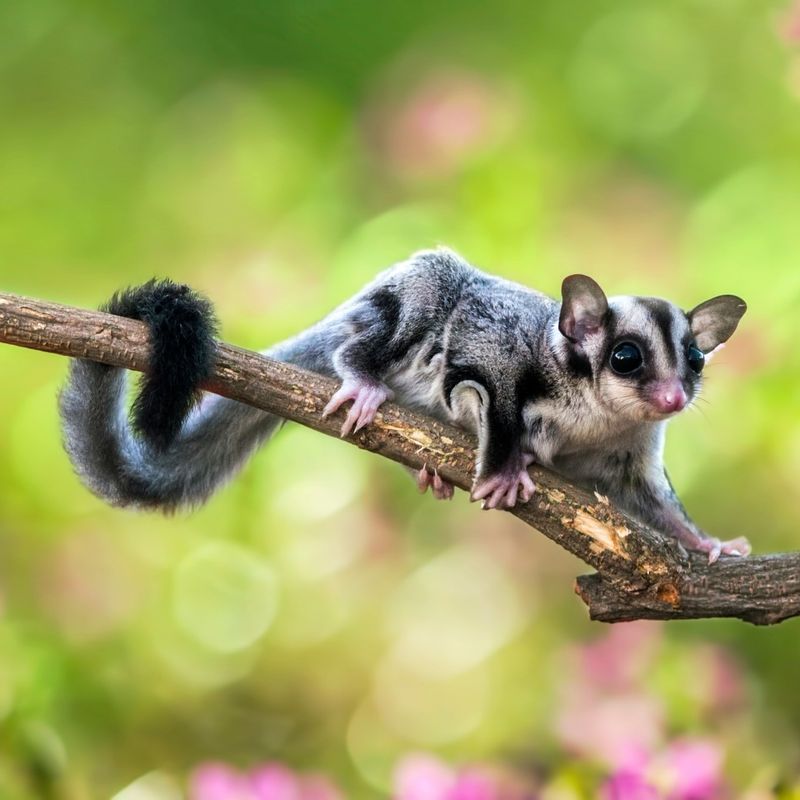
Originating from Australia and New Guinea, these creatures have endearing personalities and are known for their curious nature. They thrive in environments where they can glide and play, making them a delightful addition for those who can provide proper care.
Despite their cute appearance, sugar gliders require a specific diet and social interaction to remain healthy. They bond closely with their human companions, often forming strong, affectionate relationships. It’s essential to consider their nocturnal habits before adopting one.
Many find the sugar glider’s company rewarding, but they demand significant time and attention. They are not pets to be left alone for long periods, and their care extends beyond basic feeding to include mental stimulation and companionship.
10. Bison – Shouldn’t Be Domesticated
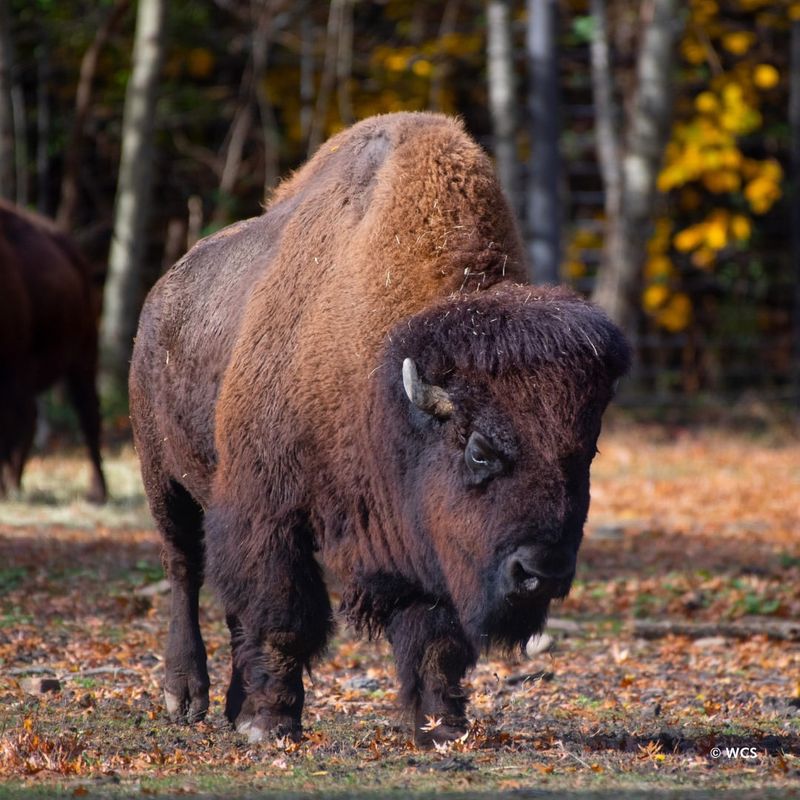
The emblem of the North American plains – the bison. These majestic creatures are best enjoyed in their natural habitats, where they roam in herds. Attempts to domesticate bison often fail to accommodate their needs for space and social interaction.
In the wild, bison play a crucial role in maintaining ecological balance, grazing on grasses and shaping the landscape. Their social structures are complex, with clear hierarchies and interactions that are difficult to replicate in captivity. Domestication efforts can lead to stress and behavioral issues.
Ethical concerns also arise, as domesticating bison does not align with conservation goals. Instead, preserving their habitats and supporting wildlife reserves ensures their survival. Bison are a vital part of North American heritage, deserving of respect and protection. Observing these magnificent animals in the wild provides a connection to nature and a glimpse into their vital roles in the ecosystem. They embody resilience and freedom.
11. Hedgehogs – Can Be Domesticated
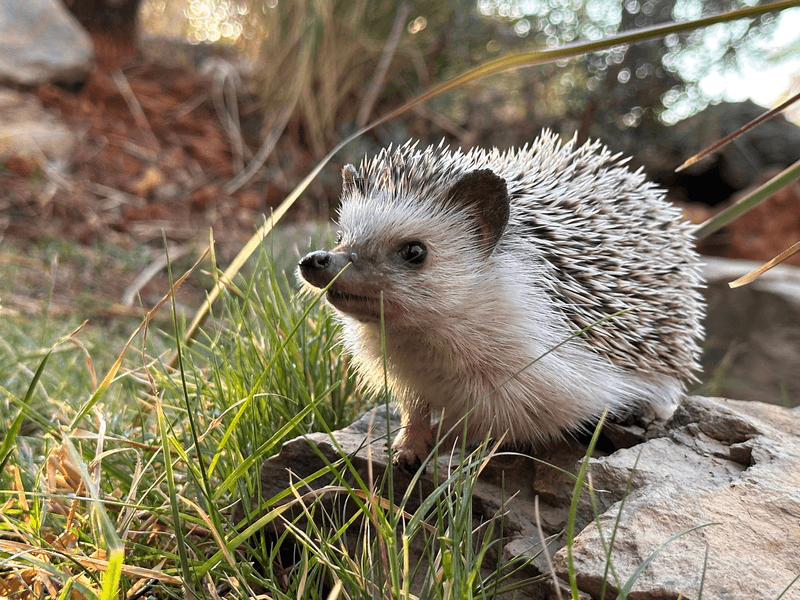
Adorable appearance plus a manageable size? Of course these animals became popular as pets! These small nocturnal mammals are known for their distinctive spines and solitary nature. In captivity, hedgehogs require a specific environment to thrive.
A proper setup includes a spacious enclosure with hiding spots, a wheel for exercise, and suitable bedding. Hedgehogs enjoy a diet of specialized pellets, supplemented with insects and fresh fruits. Providing them with mental stimulation and handling them gently fosters trust and comfort.
Potential owners should be aware of their nocturnal habits and ensure a quiet, stress-free environment. Regular veterinary check-ups are essential to maintain their health. Hedgehogs are relatively low-maintenance pets, but they still require commitment and understanding of their unique behaviors.
With the right care, hedgehogs can be delightful companions, offering a glimpse into the world of small mammals. They are a testament to the joy of domestication, combining wild instincts with domestic living.
12. Kangaroos – Shouldn’t Be Domesticated
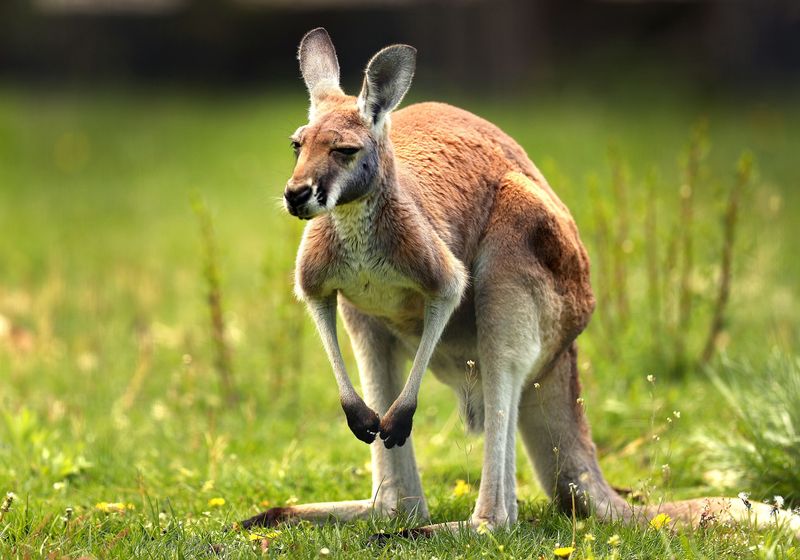
We know that Kangaroos are synonymous with the Australian landscape, embodying the wild and untamed. These marsupials thrive in their natural habitats, where they exhibit unique adaptations for survival. Domestication of kangaroos is ill-advised due to their specific needs.
In the wild, kangaroos have vast territories to roam and forage, socializing in groups known as mobs. Their specialized diets and physical adaptations are tailored to their environment, making captivity challenging. Moreover, kangaroos possess powerful legs and strong instincts for escape, unsuitable for domestic settings.
The ethical implications of keeping kangaroos as pets are significant, as it disrupts their natural behaviors and poses risks to humans. Conservation efforts focus on protecting their habitats and understanding their ecological roles. Kangaroos are best admired in their natural settings, where they contribute to the rich biodiversity of Australia. Observing them in the wild highlights their grace and resilience, symbols of a unique and vibrant ecosystem.
13. Capybaras – Can Be Domesticated
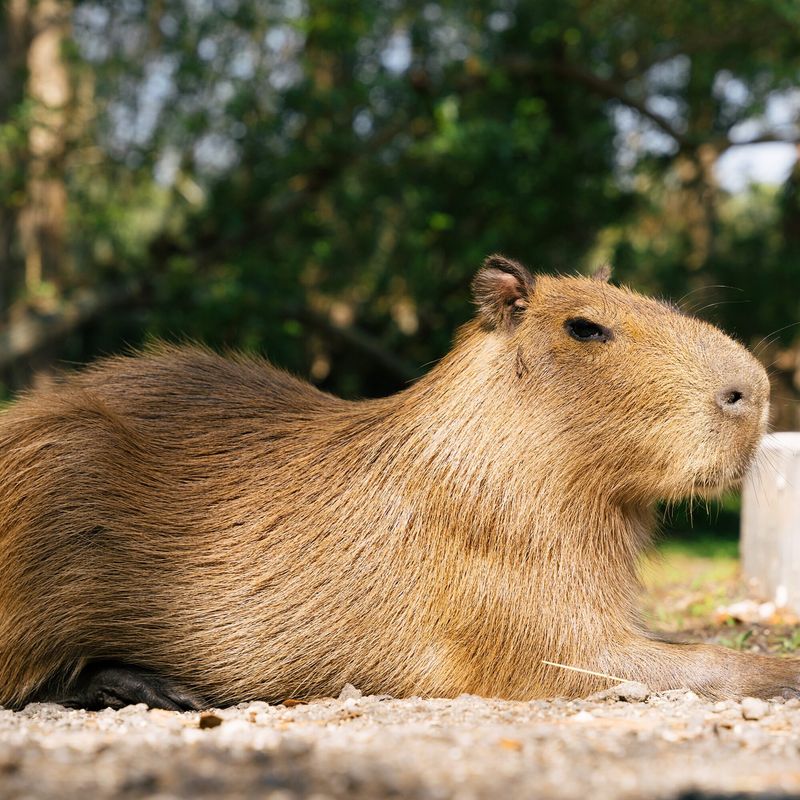
A calm and social demeanor makes capybaras intriguing candidates for domestication. These large rodents are native to South America, often found near water bodies. Known as the largest rodents in the world, capybaras exhibit unique social behaviors.
In captivity, capybaras require a spacious environment with access to water for swimming, reflecting their natural habitats. They thrive in groups, enjoying interaction with both humans and other animals. Their diet consists of grasses and aquatic plants, necessitating a carefully managed feeding routine.
Capybaras are gentle creatures but still require proper care and understanding of their needs. They can form strong bonds with humans, offering companionship similar to traditional pets. However, potential owners must be prepared for the commitment and space needed to accommodate these animals. If you live in one of the states where you can own capybaras, you’re lucky. There’s not many!
With the right environment and care, capybaras can become endearing members of the household, blending wild instincts with domesticated life. They are a testament to the possibilities of harmonious coexistence.
14. Komodo Dragons – Shouldn’t Be Domesticated
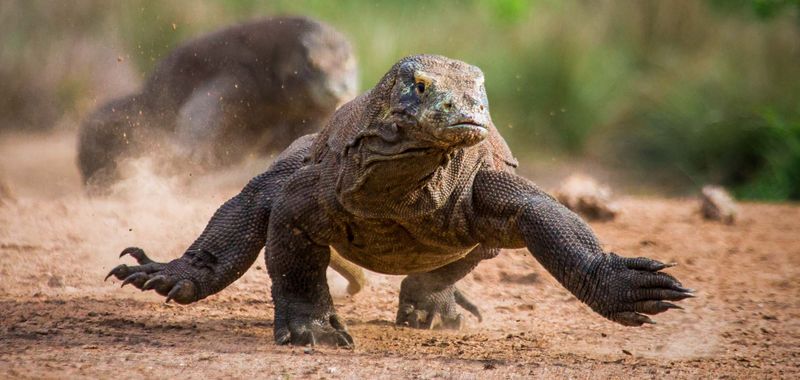
With their formidable presence, Komodo Dragons are definitely not suited for domestication. These imposing reptiles are native to the Indonesian islands, thriving in rugged terrains. As the largest living lizards, they possess traits that are incompatible with domestic life.
Komodo dragons have specialized diets consisting mainly of meat, requiring vast territories to hunt and thrive. In captivity, their needs for space and natural hunting behaviors cannot be met, leading to health and stress issues.
Moreover, Komodo dragons have a potent bite and natural instincts that pose significant risks to humans. Ethical concerns also arise, as domestication does not contribute to their conservation. Protecting their natural habitats and understanding their ecological roles are essential for their preservation.
Observing Komodo dragons in the wild or accredited sanctuaries respects their nature and ensures their well-being. These reptiles are emblematic of the wild’s raw power, better left untamed. Their presence is a reminder of nature’s complexity and beauty.
15. Macaws – Can Be Domesticated
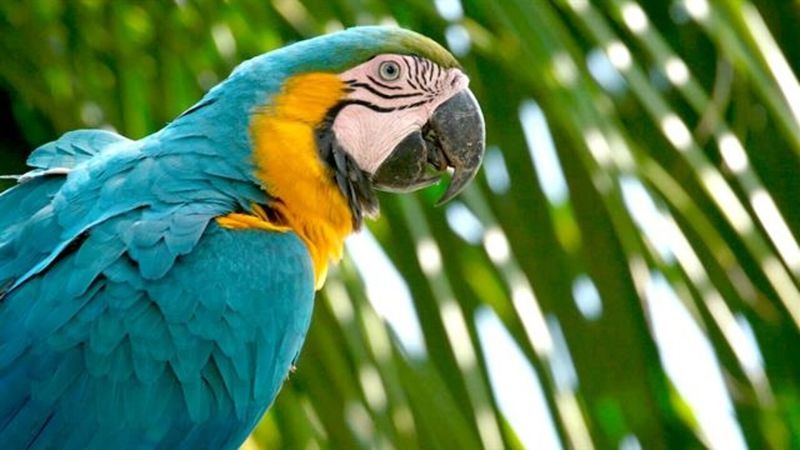
With their vibrant plumage and charismatic personalities, Macaws are among the most popular pet birds. These intelligent parrots are native to Central and South American rainforests, known for their social and vocal nature.
In captivity, macaws require a large, stimulating environment filled with toys and opportunities for interaction. Their diet includes a variety of fruits, nuts, and specialized pellets to maintain health. Macaws thrive on social interaction, forming strong bonds with their human caretakers.
Potential owners should consider their long lifespan and need for attention. Macaws can become lifelong companions, offering joy and companionship. However, they require commitment and understanding of their complex behaviors.
With proper care, macaws can adapt well to domestic life, bringing a touch of the exotic into the home. They are a testament to the rich biodiversity of rainforests and the possibilities of domestication. Their presence is both entertaining and educational, a bridge between wild nature and human companionship.
16. Crocodiles – Shouldn’t Be Domesticated
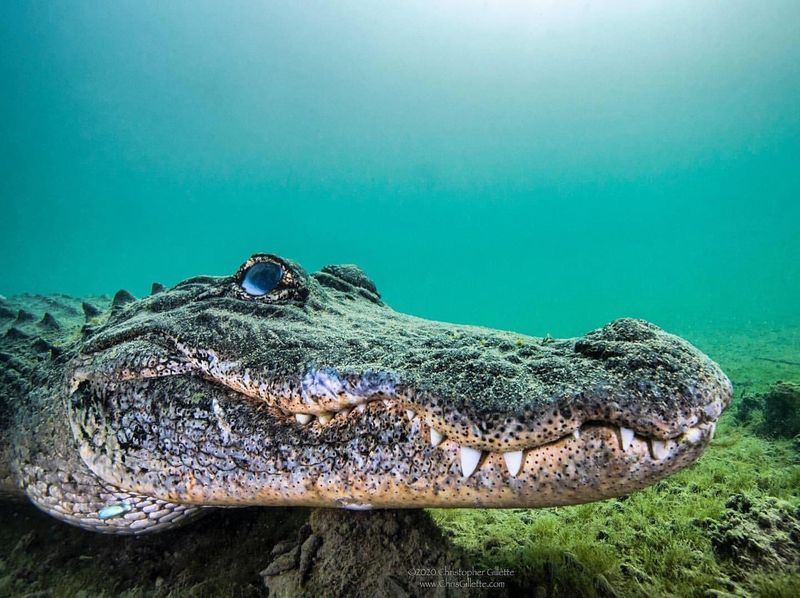
Crocodiles are ancient reptiles that embody the raw power of the wild. These formidable predators are perfectly adapted to their aquatic environments, thriving in rivers and swamps. Despite their allure, crocodiles are not suitable for domestication due to their natural instincts and behaviors.
In captivity, crocodiles often suffer from stress and health issues, as their need for space and hunting behaviors cannot be met. They possess strong predatory instincts, posing significant risks to humans and other animals. Their specialized diet and environmental needs further complicate attempts at domestication.
Ethical considerations discourage keeping crocodiles as pets, as it does not align with conservation goals. Protecting their natural habitats and supporting wildlife conservation efforts are crucial for their preservation. Observing crocodiles in the wild or accredited facilities respects their nature and ensures their well-being.
Crocodiles are best left to the wild, where they play a vital role in their ecosystems. Their presence is a testament to the enduring power and mystery of nature.

